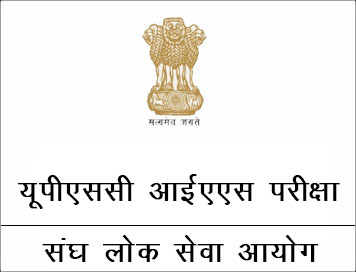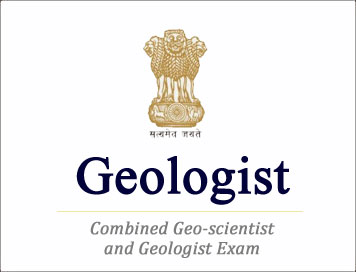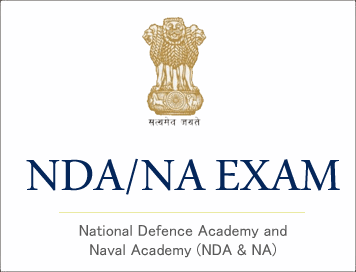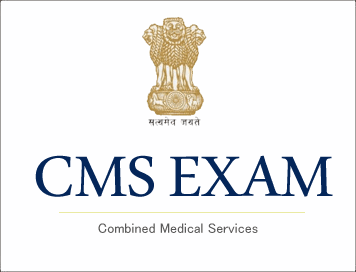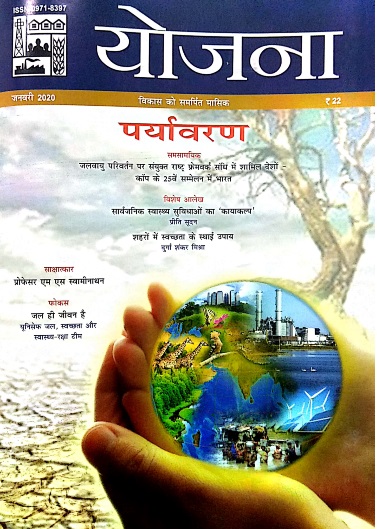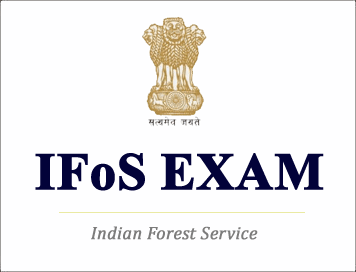
Written Result : (With Name) Indian Forest Service Examination (Main), 2019
On the basis of the results of the Indian Forest Services (Main) Examination, 2019 held by the Union Public Service Commission from 1st December to 8th December, 2019, the candidates with the under mentioned Roll Numbers have qualified for Personality Test for selection to the Indian Forest Service Examination‐2019 (Group ‘A’).
2. Candidature of these candidates is provisional subject to their being found eligible in all respects. The candidates will be required to produce the original certificates in support of their claims pertaining to age, educational qualifications, community, EWS, Person with Benchmark Disability (PwBD) and other documents such as TA Form, etc. at the time of their Personality Test. The formats of SC/ST/OBC and PwBD certificates and TA Form, etc. can be downloaded from the website of the Commission. They are, therefore, advised to keep the said documents ready with them. Candidates seeking reservation/relaxation benefits available for SC/ST/OBC/PwBD/Ex‐servicemen must also produce original certificates dated earlier than the closing date of the application for Indian Forest Service Examination‐2019 through Civil Services (Preliminary) Examination, 2019 i.e. 19.03.2019. Candidates seeking reservation/relaxation benefits available for EWS must produce original Income & Asset certificate of issuing date earlier than 01.08.2019.
3. Personality Tests (Interviews) of these candidates are likely to commence in the month February, 2020. Personality Tests will be held in the Office of the Union Public Service Commission at Dholpur House, Shahjahan Road, New Delhi‐110069. The e‐Summon Letter of Personality Test of candidates being called for Interview may be downloaded from the Commission’s Website http://www.upsc.gov.in & http://www.upsconline.in from 24 Jan, 2020. The candidates who are not able to download e‐Summon Letter for Personality Test, should immediately contact the office of the Commission through letter or on Phone Nos. 011‐23385271, 011‐23381125, 011‐23098543 or Fax No. 011‐23387310, 011‐23384472 or by email on (skindo‐upsc@gov.in). No paper Summon Letters will be issued for the Personality Test/Interview by the Commission.
4. No request for change in the date and time of the Personality Test intimated to the candidates will ordinarily be entertained.
5. All the candidates, who qualified for Personality Test/Interview are required to opt in/opt out for publically making available their scores under the Public Disclosure Scheme. Candidates are advised to go through DoP&T letter No. 39020/1/2016‐Estt(B) dated 21.06.2016, 19.07.2017 and Commission’s Note on PUBLIC DISCLOSURE, THROUGH PORTAL, OF SCORES OF CANDIDATES NOT RECOMMENDED BY THE COMMISSION AGAINST THE RESULT OF AN EXAMINATION. Candidates should note that only after submitting their option for opt in/opt out, they will be able to download their e‐Summon letter.
6. With regard to the Detailed Application Form‐II (DAF‐II), following provisions have been made in the Indian Forest Service (Main) Examination‐2019 Rules:
I. A candidate who qualifies for Personality Test /Interview on the basis of Result of Indian Forest Service (Main) Examination, 2019, will be required to submit their Order of Preferences for Zone(s) /State(s) Cadre through DAF-II. DAF-II will be made available on the Commission’s website from 21 /01/2020 to 28 /01/2020 (06:00 P.M.)
II. The preferences once opted and submitted cannot be modified or changed at a later stage. Therefore, the candidates are advised to exercise due diligence while filling up the preferences for Zones as well as Cadres there under. No change in preferences for Zones once indicated by a candidate would be permitted. If a candidate fails to submit the DAF-II by last date/time, it will be considered that the candidate has no preference to make for Zones & Cadres and no request shall be entertained in this regard.
III. No request for any type of change/modification of information already supplied in DAF-II would be entertained by the Commission. However, wherever necessary the candidates are advised to notify changes in their address/contact details only, if any, to the Commission immediately through letter, email (skindo-upsc@gov.in) or Fax at numbers indicated above within 7 days of publishing this Press Note.
7. Name and Roll Nos. of qualified candidates is also available in upsc website i.e. www.upsc.gov.in .Qualified Candidates have to bring their photo ID whatever they mentioned in the DAF‐II.
8. The marks sheets of candidates who have not qualified, will be put on the Commission’s Website within 15 days from the date of publication of the final result (after conducting Personality Test) and will remain available on the Website for a period of 30 days.
Roll No. Name
0103776 PARAYANA SHREE
0110512 RAJ KUMAR SHARMA
0211865 RISHABH JAIN
0301315 KANKANALA ANIL KUMAR
0305291 HEMA NAYAK
0305662 YOGEESHA C K
0305808 AMITHA K B
0308320 SWAGATH M M
0310344 NIDHIN K BIJU
0311130 PRITHA HOSUR
0311530 APURV
0314153 YADAV SURYABHAN ACHCHHELAL
0322470 SMILNA SUDHAKAR
0326343 SACHIN HANAMAPPA NADAGADDI
0328478 MITHIL T M
0331997 POOJA NAGLE
0337888 VADITHYA SHASIKANTH NAIK
0338741 DIGANTH NAYAK
0341419 KALE PRATIKSHA NANASAHEB
0405090 ANMOL JAIN
0425542 SHREYAS SRIVASTAVA
0504630 AMAN VERMA
0515047 SHINDE PRASAD SITARAM
0519692 MANDAR UMESH JEWARE
0520956 HARVIR SINGH
0701914 MOHAMMED FATAHUN AZEEZ KHAN
0709586 ANURAG MISHRA
0801516 AMIT KALER
0805418 DEVESH PANDEY
0806474 YOGENDRA SINGH
0807540 JIYAUR RAHMAN
0812481 SUNNY KHOKHAR
0813890 MOHD ARSHAD HAIDER NAQVI
0817437 BEERENDRA KUMAR PATEL
0819142 INDRA BHUSHAN
0819391 VARUN B R
0821863 AKASH GARG
0823637 SATYENDRA MAURYA
0826444 DIVYA SHAKTI
0828389 ANAND KUMAR
0830127 DHEERAJ YADAV
0831995 GARUD SUSHIL TULSHIDAS
0832401 RAJAT GUPTA
0832725 ANKUR KUMAR JAIN
0833281 LAVISH ORDIA
0834368 ROHIT YADAV
0836217 SHRUTI
0836397 DIVYANSHU SINGAL
0836410 RAHUL KUMAR AGRAWAL
0838486 KULDEEP SHARMA
0838508 PRASHANT SINGH
0838579 SHIKHAR PRADHAN
0838843 PRAVEEN KUMAR
0839368 MOHIT RAWAT
0841593 RAHUL KUMAR
0842204 KHATRI VISHAL DINANATH
0843016 PRATEEK JAIN
0849358 JATIN KUMAR
0849679 MANDEEP KUMAR
0853575 PRANAV JAIN
0855702 PRAKHAR JAIN
0857023 ASHISH KUMAR VERMA
0857467 MD MANZAR HUSSAIN ANJUM
0858415 SHUBHAM BARANWAL
0859221 ANURAG PRIYEDARSHI
0859382 MEENA AVDHESHKUMAR SHIVKUMAR
0861923 AMAN KUMAR JAIN
0862487 MONIKA
0863129 NAMAN JAIN
0864169 AMIT KUMAR
0866491 REVTI RAMAN
0866852 ARPIT GARG
0867503 MUKUL JAIN
0868669 ANURADHA MISHRA
0869360 RAHUL KUMAR MEENA
0869490 RAMGUDE YOGESH RAMCHANDRA
0871324 SAI MANISH B
0872626 SHUBHAM SINGH
0872777 SHASHANK KATARIA
0873098 NAMRATA BIJORIA
0873848 SUMIT DHAYAL

